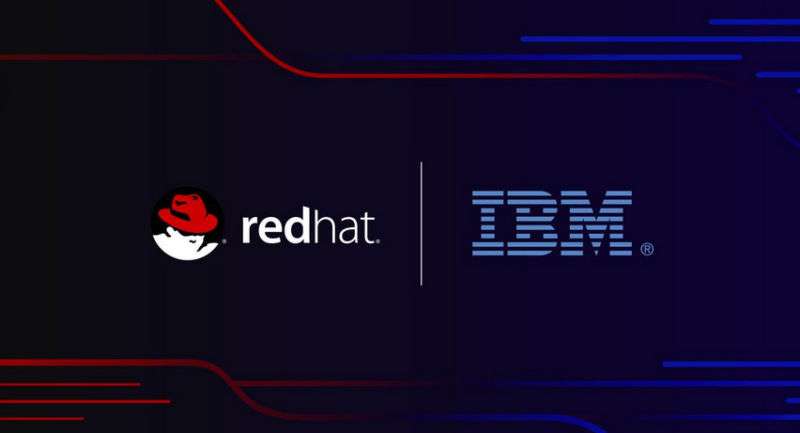
This is fine: IBM acquires Red Hat

This is no trick, and whether it’s a treat remains to be seen: IBM and Red Hat executives announced Monday that IBM is acquiring the open source software and cloud services company in a $34 billion cash deal.
Red Hat will remain a standalone business unit within IBM, and an IBM spokesperson said that IBM “will remain committed to Red Hat’s open source ethos, its developer community and its open source community relationships.” Red Hat will maintain its current leadership team and remain in its current headquarters and facilities. The culture will remain as well—though it’s possible IBM and Red Hat may cross-pollinate a bit more than they have in the past.
In a webcast, IBM Senior Vice President of Hybrid Cloud Arvind Krishna and Red Hat Executive Vice President and President of Products and Technologies Paul Cormier echoed the spokesperson’s statement, stating that all of Red Hat’s existing partnerships with other cloud providers and all of Red Hat’s open source development projects—including Red Hat Enterprise Linux, the OpenShift implementation of Kubernetes-based containers, and the OpenStack cloud computing platform—would continue as before. Likewise, Krishna said that IBM would continue its partnerships with other Linux distributions.
Considering Red Hat’s position as the leading Linux distribution provider in the business world, as well as the top operating system provider for cloud computing, that’s probably a very good idea. IBM has long been a partner with Red Hat, even porting Red Hat Enterprise Linux (RHEL) to its mainframe platforms. RHEL, Krishna said, is the top operating system on IBM’s z System mainframes, and that has been driven largely by customer demand to run the services supported by RHEL in a mainframe environment. And over the past 16 years, Red Hat’s culture has shifted from being a commodity Linux distribution toward something more like IBM’s.
“We’re not an open source company,” said Cormier. “We’re an enterprise software company with an open source development model. Red Hat’s secret sauce is we’ve put those two things together. And we’ve both done that—IBM has a huge history of enterprise-grade software and open source development. The reason why [Red Hat] moved product and engineering to the Boston area is because we wanted engineers who had worked on enterprise products.”
For IBM, the acquisition is about growing IBM’s business in the cloud—private, public, and hybrid—based on the position of the company as the open source and open standards player versus the “proprietary” models of Microsoft, Amazon, and other major cloud players. For Red Hat, the deal is about scaling up the company’s reach. “We can scale at greater speed,” said Cormier, “not just from a Kubernetes perspective, but even with the RHEL base. We can only reach a certain number of customers right now.”
Because IBM is counting on open source to cement the company’s credibility as a cloud player, it’s doubtful that the fallout of the acquisition will follow the path of, say, the Oracle acquisition of Sun. IBM has a good track record with open source—the Eclipse development platform and other contributions to Java, for example, as well as IBM’s royalty-free patent contributions to the Open Invention Network to support development of the Linux platform. So this may be a good thing.




